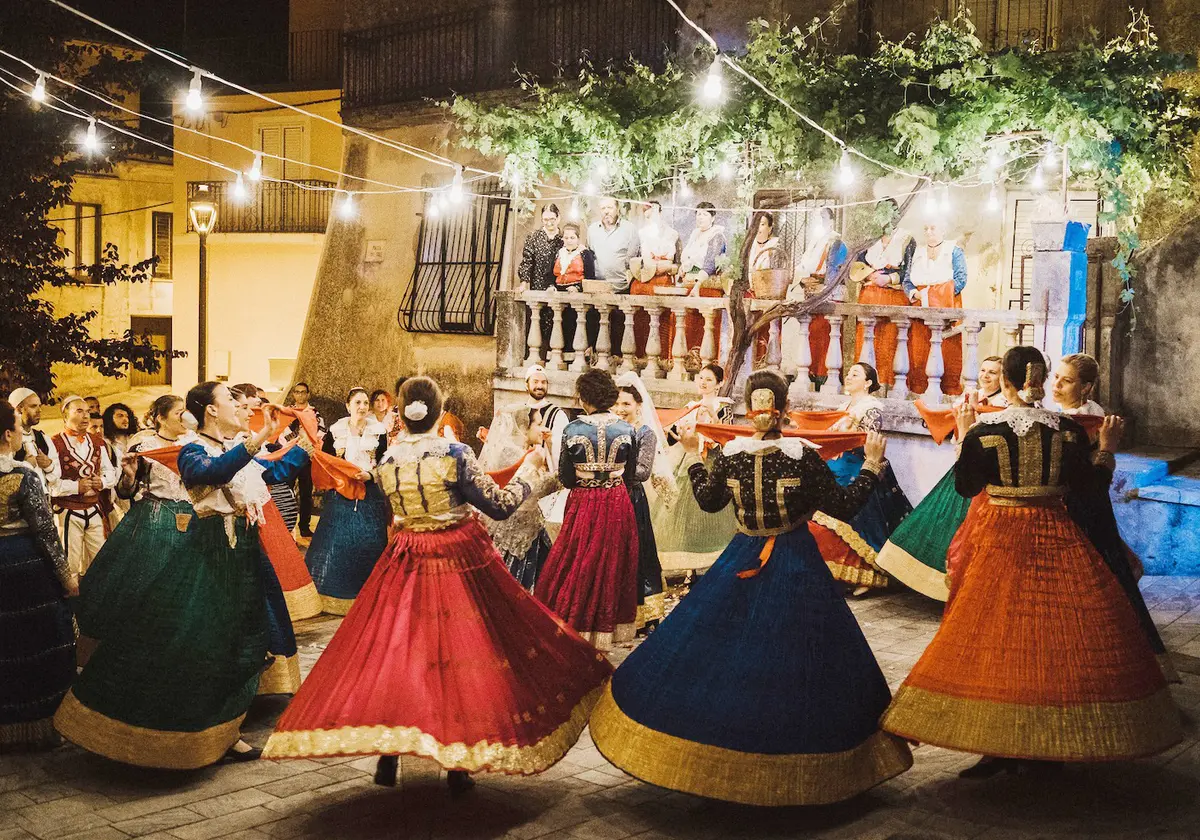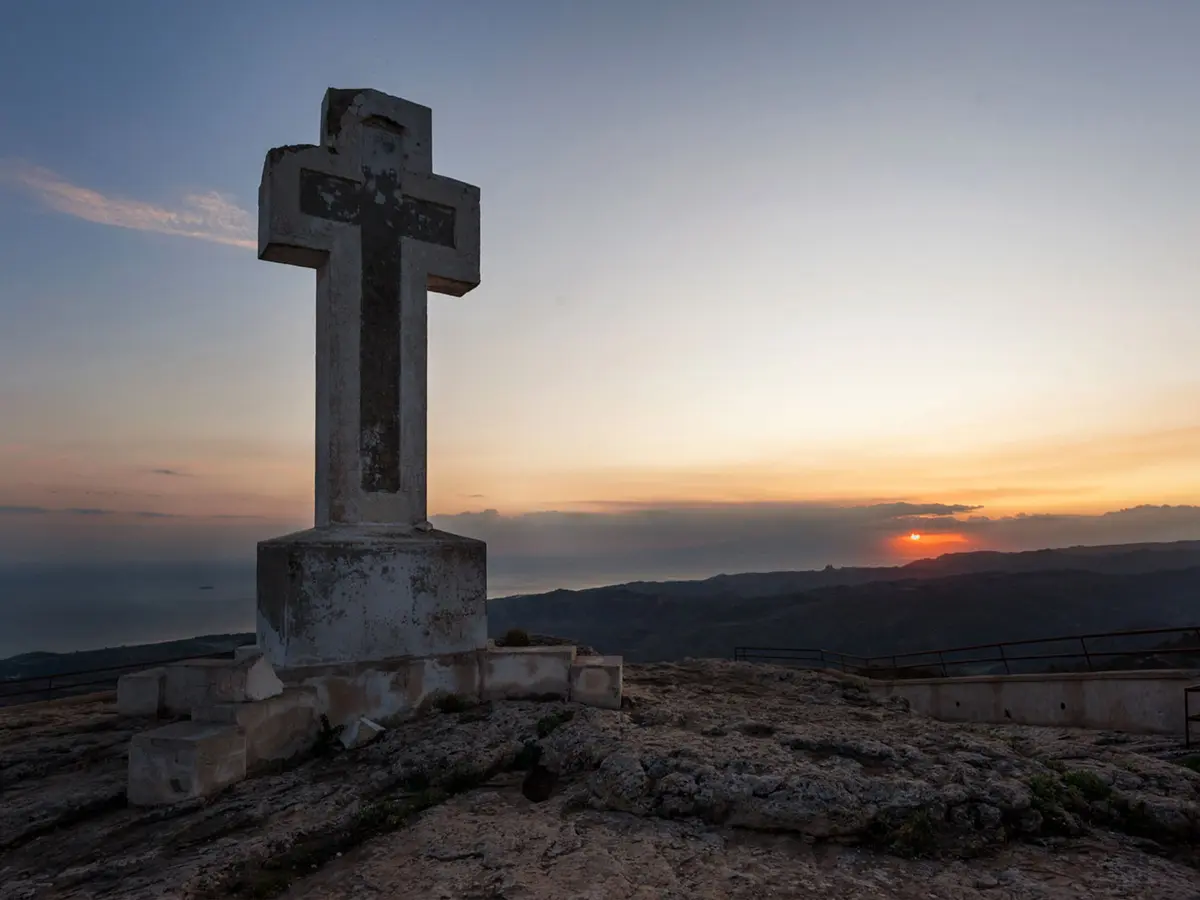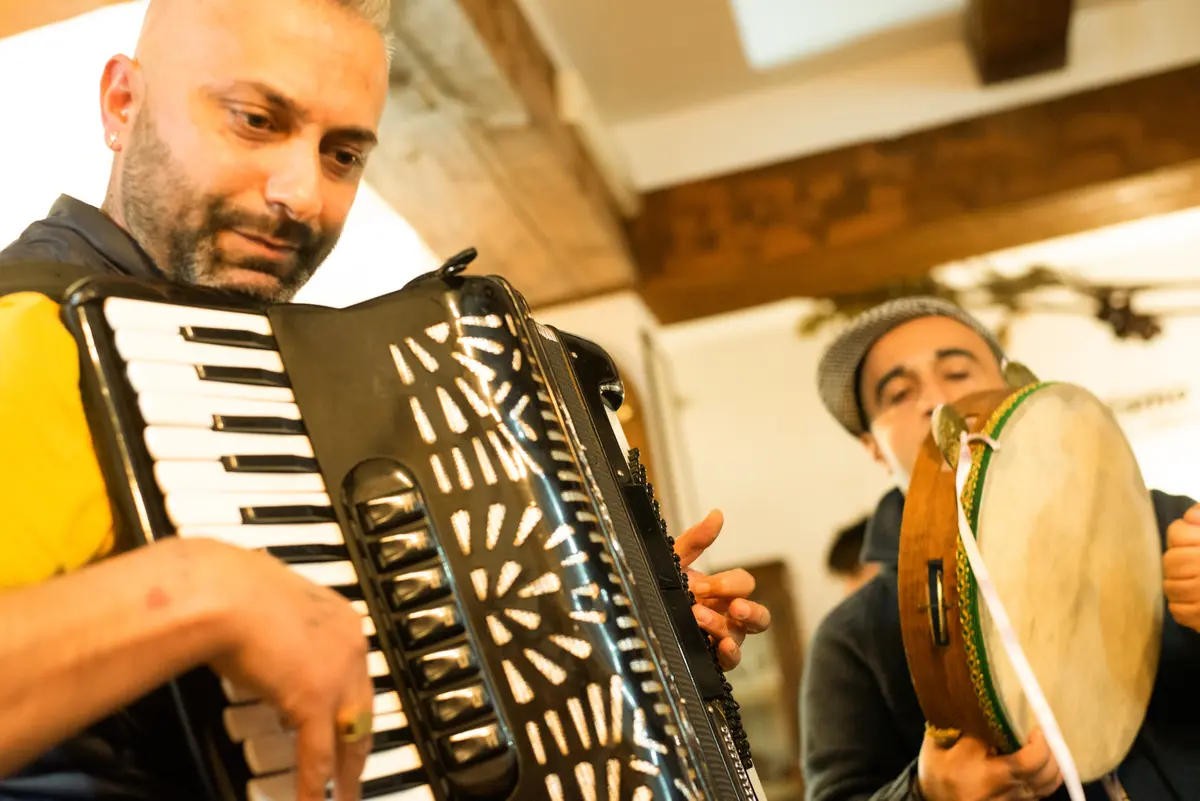A visit to Soriano Calabro, between history and craftsmanship
From the Convent of San Domenico to the sweet mostaccioli

Tradition and folklore
Polo Museale Soriano Calabro - Regione Calabria
Amidst the naturalistic enchantment of the Regional Natural Park of the Serre Vibonesi lies the town of Soriano Calabro, a place steeped in history, spirituality and nature, where one can spend a pleasant out-of-town excursion.
Of 16th-century origin, Soriano Calabro intertwines its destiny with that of the monumental complex of the Dominican Convent, one of the richest and most famous in Europe, and the cult of St Dominic.
What to see in Soriano Calabro
We arrive in Soriano Calabro, in the province of Vibo Valentia, where we have travelled along a road surrounded by green woods and olive trees. The town is divided into two neighbourhoods: the historic one, characterised by the presence of the monumental remains of the ancient Convent of San Domenico, and the newly formed one, developed after 1960 to the south of the historic centre.
Of course, in the historical part, we recommend a visit to the Basilica Santuario di San Domenico with the ruins of the old Dominican Convent, the town's landmark building. A splendid example of late Baroque architecture (1838), the current complex was built on the ruins of the old convent destroyed in the earthquake, a majestic structure with elegant and refined rooms including 5 cloisters and the Latin cross church with 6 side chapels.
The ancient Convent of Soriano Calabro was not only a religious place but also an important cultural and intellectual cenacle, habitually frequented by great philosophers and thinkers, including Tommaso Campanella.
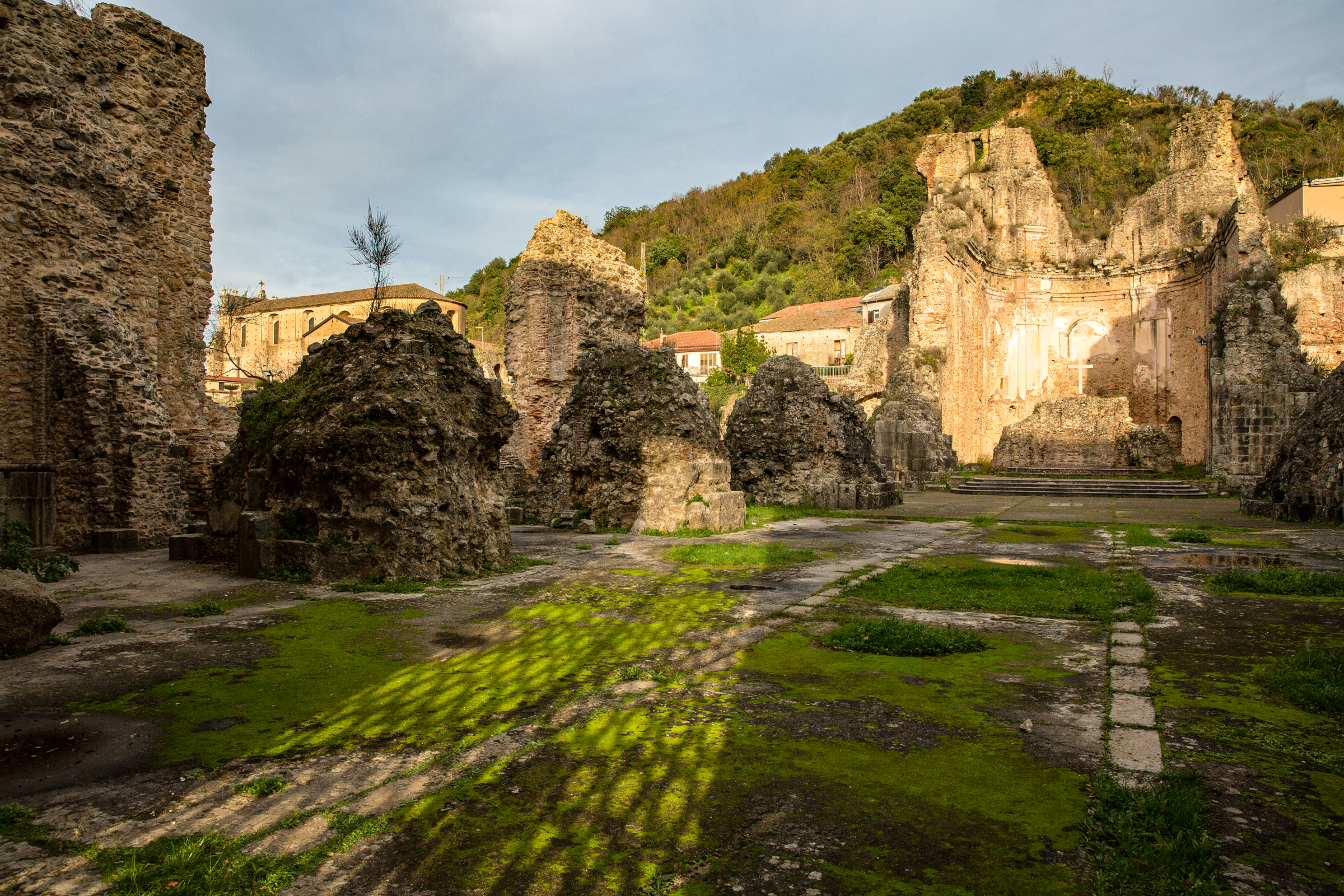
Even today, it is still possible to visit and consult the precious Dominican Library in Soriano with its sacred works, illuminated texts, studies of theology and philosophy and much sought-after local chronicles.
A wing of the former convent now houses the Soriano Calabro Town Hall and an exhibition area with marble artefacts from the ancient building: the MUMAR - Marble Museum.
Also not to be missed is a visit to the highly original MUTERR - Earthquake Museum, which traces the area's troubled seismic and geological history, and the MUANT art gallery.
Other sacred places to visit include the Church of San Martino Vescovo, the Church of Madonna del Carmine, the Church of San Filippo and the Church of San Francesco di Paola.

Traditions and handicrafts of Soriano
Essential to the economic, cultural and traditional life of Soriano Calabro is its typical handicrafts.
In fact, Soriano's craftsmanship has a long local history linked to ceramic work, with numerous workshops for rustic and artistic terracotta, and to wickerwork, which draws its raw material from rushes and wood from the forests of the Serre Vibonesi.
Not only that! The town is also known for the production of the famous Mostaccioli di Soriano biscuits ("mastazzòla"), one of the most popular traditional Calabrian sweets in Italy and abroad.
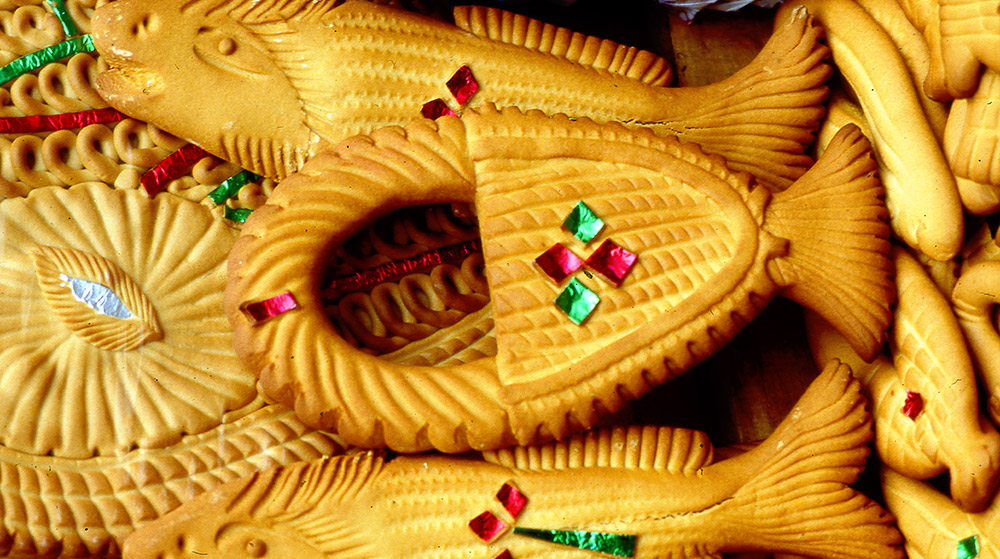
These are biscuits made with honey, cinnamon and hot wine must, with different shapes (anthropomorphic and zoomorphic images, ears of wheat, etc.) and characteristic coloured foil decorations, to be eaten mainly on the occasion of local religious festivals, such as the Affruntàta (or Easter Cumprùnta), the so-called "Calata del Quadro" (the miraculous icon of St Dominic) and the feast of the patron saint St Martin, on 11 November.
Mostaccioli evoke rural peasant life and symbolise respect for family and nature, among the simplest sentiments of the Calabrian peasant people, who do not disdain also attributing to these "sacred" sweets a series of magical-religious and propitiatory properties.
https://calabriastraordinaria.it/en/news/a-visit-to-soriano-calabro-between-history-and-craftsmanship
